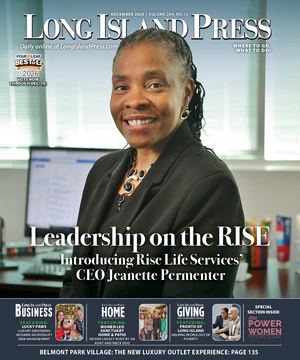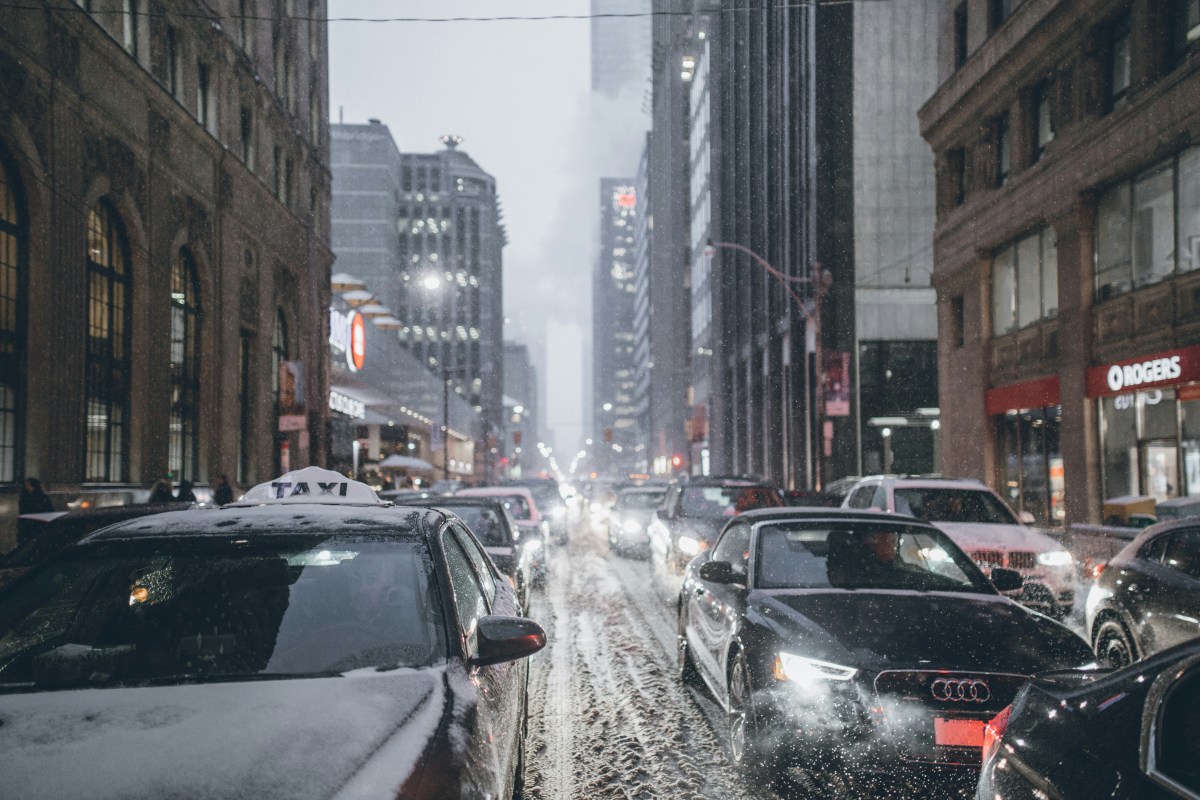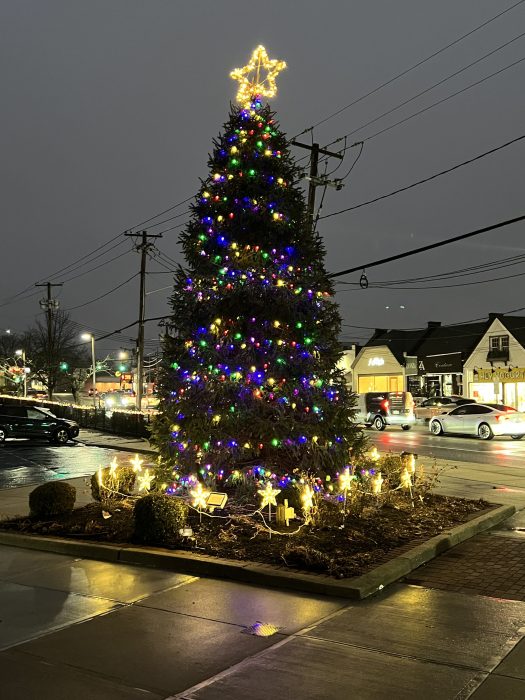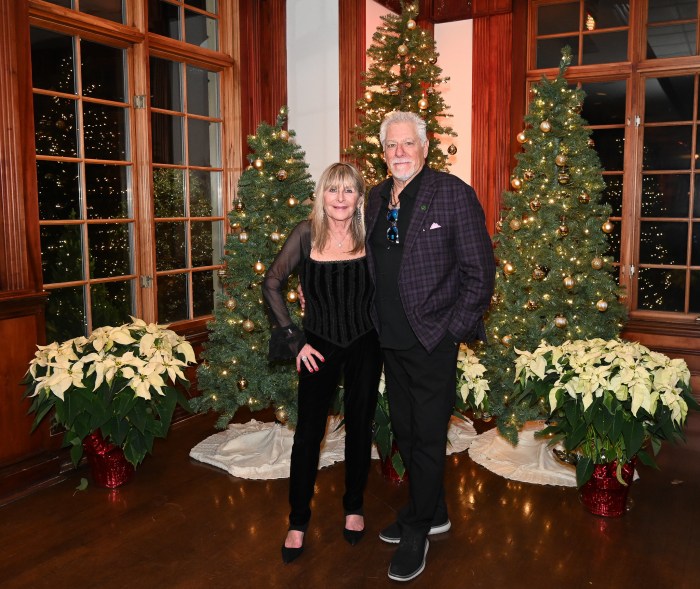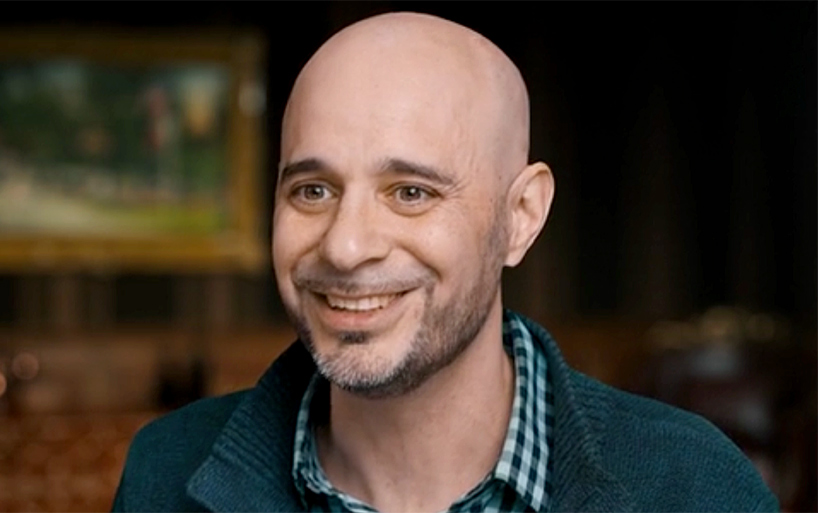Wrong-way crashes, highway closures and an uptick in accident-related injuries have become all too familiar on Long Island, especially during the holiday season. With millions of travelers hitting the roads, experts are urging caution to ensure safe journeys.
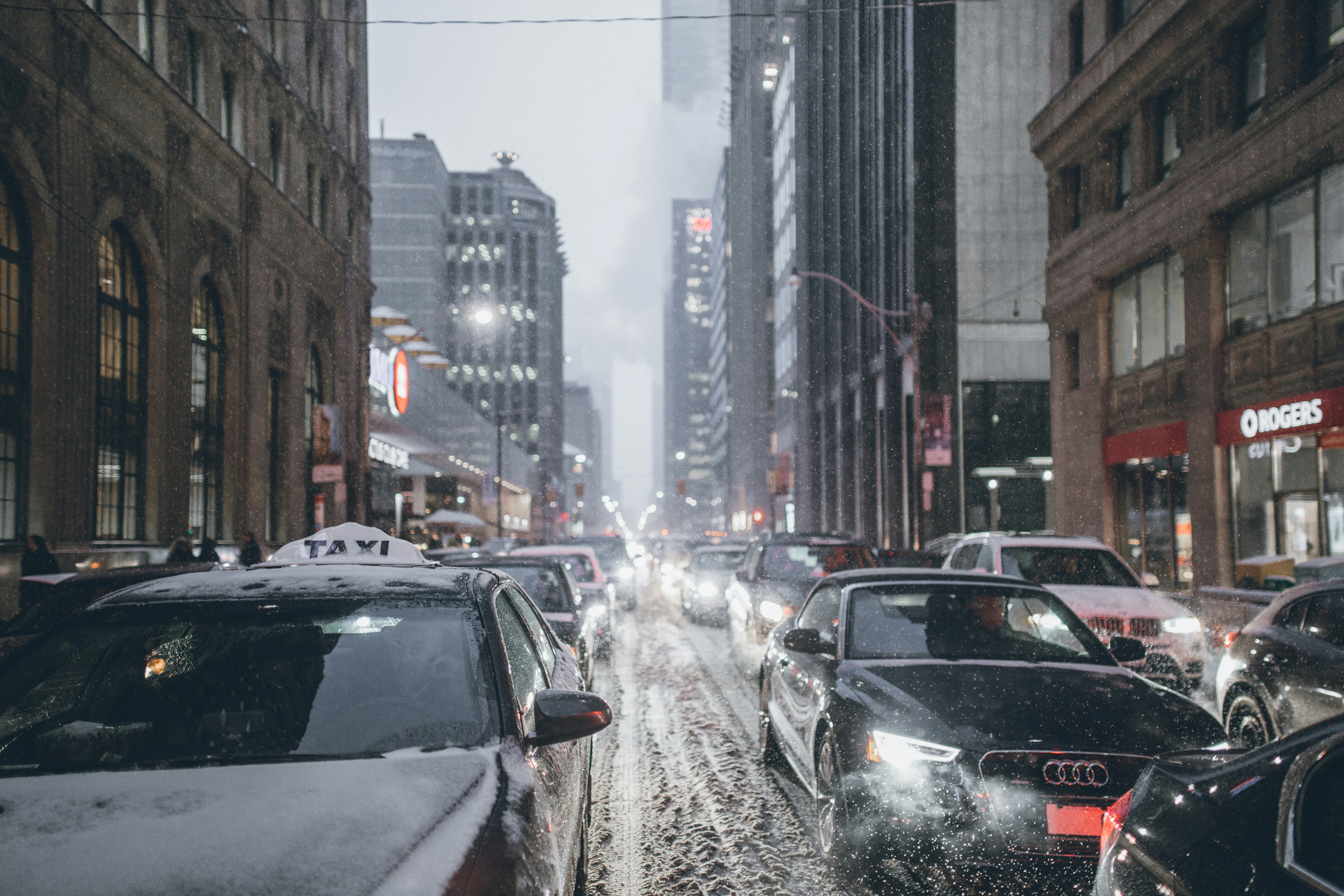
The holiday period sees an influx of vehicles on the roads, with statistics from AAA showing record travel numbers. In 2023, 55.4 million Americans traveled for Thanksgiving, while 115.2 million made trips during the Christmas period. This year, those numbers are expected to climb even higher. Alongside increased congestion, accidents are often attributed to distracted driving, drowsy driving, speeding and impaired driving.
Dr. Jerry Rubano, regional director of trauma at NYU Langone Hospital–Long Island, emphasizes the importance of injury prevention, a key focus of trauma centers.
“We want to take business away from our trauma unit,” he said, “because that’s what’s best for the community.” Rubano notes an annual uptick in emergency department visits during the holiday season due to preventable road accidents.
Seasonal risks on the roads
The shift from fall to winter presents its own challenges. Wet leaves, icy patches and decreased daylight make road conditions more treacherous. These risks, compounded by the surge of holiday travelers, contribute to a spike in accidents.
“We see patterns change as early as late November,” Rubano explained. “The combination of more people on the road, slippery conditions and holiday stress creates a perfect storm for accidents.”
The surge in travel often involves infrequent or less experienced drivers.
“Many people driving long distances during the holidays aren’t regular drivers,” Rubano noted. “Their skills might not be as sharp and they’re navigating congested highways and unfamiliar areas.”
Key accident factors
Rubano identified three major causes of holiday road accidents: distracted driving, drowsy driving and speeding.
“Distracted driving is still a huge problem,” he said. “Drivers stuck in traffic often start texting or checking their phones. Then traffic moves and they’re caught off guard, leading to rear-end collisions or worse.”
Another common issue is drowsy driving, which is exacerbated during the holidays when people travel long distances after work or late at night.
“Driving while fatigued can be more dangerous than being distracted,” Rubano warned. “You might not even realize how impaired your reflexes and judgment have become.”
Rubano also highlighted a resurgence in speeding.
“We’re seeing people rushing to their destinations,” he said. “They’re weaving through traffic, trying to make up time and it’s leading to more serious accidents.”
Road rage and stress
In addition to physical risks, the psychological toll of holiday travel contributes to accidents. Stress and frustration from traffic delays can lead to reckless behavior.
“People get frustrated sitting in traffic,” Rubano said. “We’ve even seen minor fender benders escalate into physical altercations. The holidays should be about celebrating with loved ones, not letting road rage ruin the season.”
Tips for safe travel
Rubano offered several practical tips to help travelers stay safe this holiday season:
Plan ahead: “Most accidents we see involve someone who was rushing,” Rubano explained. “Give yourself plenty of time and if you hit traffic, just take it easy. It’s better to be an hour late than spend hours in the emergency department.”
Designate drivers: Rubano advises designating a driver for both the trip to and from events. “It’s not just about getting home safely after a party,” he said. “Make sure someone rested and alert is driving to the event as well.”
Stay alert to other drivers: Even the safest driver can be impacted by others’ mistakes. “Keep an eye on erratic drivers,” Rubano cautioned. “Sometimes accidents are caused by someone else, and your awareness can help you avoid them.”
High-risk groups: new and older drivers
Rubano highlighted the increased risks for new and older drivers during the holidays.
“New drivers might not be ready for the chaos of holiday traffic,” he said. “It’s not the best time for them to be out on busy roads.”
Older drivers also face challenges, including diminished vision, hearing and reaction times. “Nighttime and congested driving can be especially tough for older adults,” Rubano noted.
Reflecting on the holidays
Rubano urged travelers to focus on the true meaning of the holidays: spending time with loved ones and being grateful.
“Don’t let stress or impatience overshadow what’s important,” he said.
With thoughtful planning and mindful driving, holiday travelers can reduce their risk of accidents and avoid a trip to the emergency department.
“Take it from someone who sees the aftermath,” Rubano said. “Getting there safely is always worth the extra effort.”
